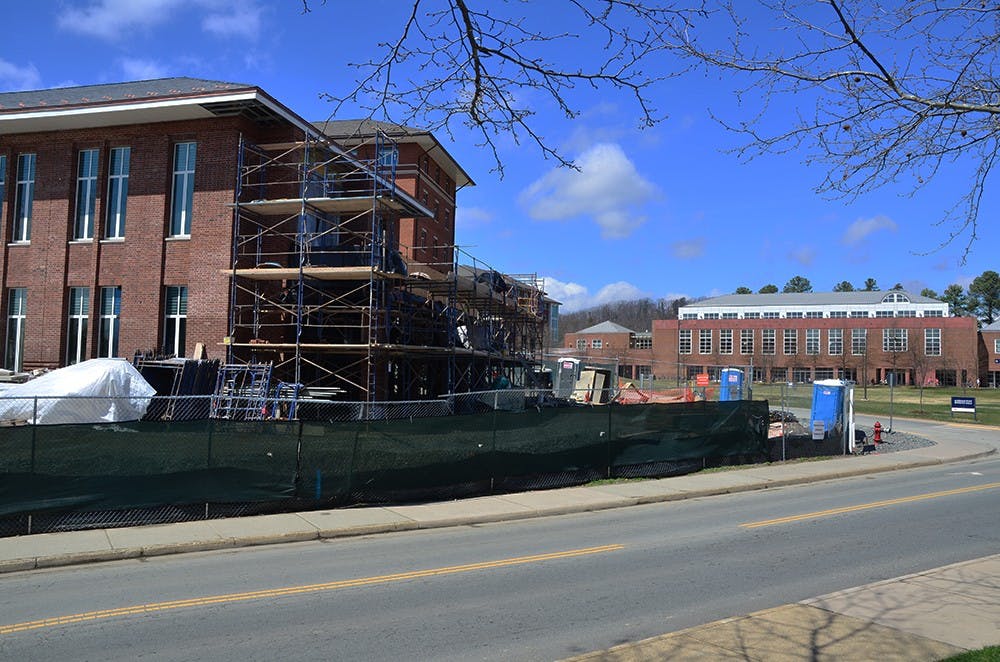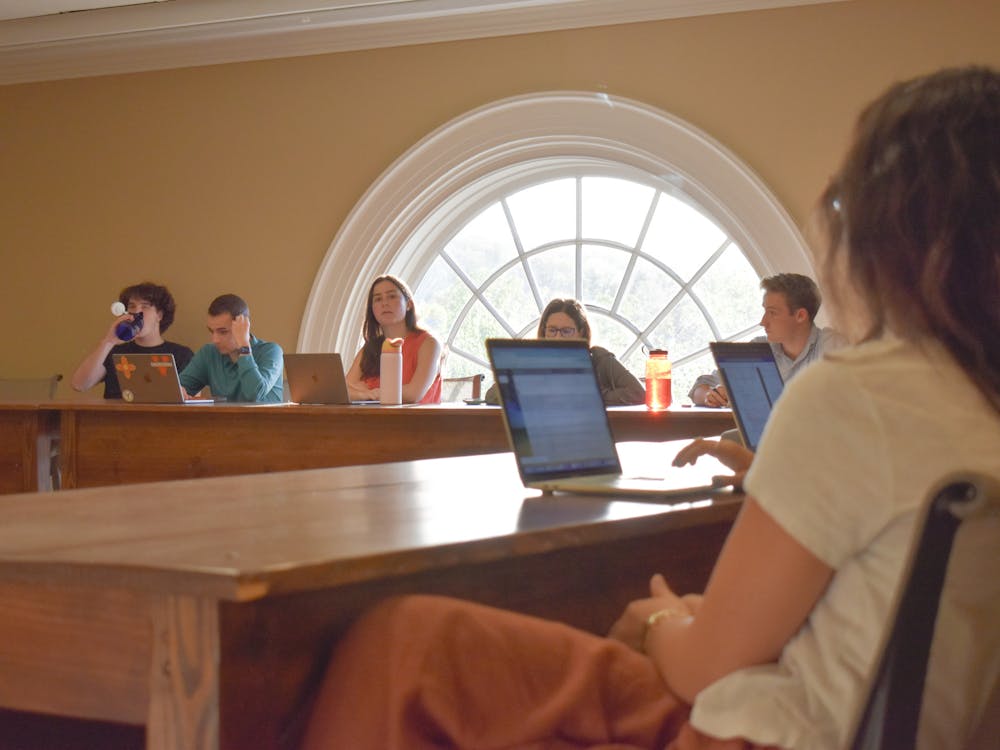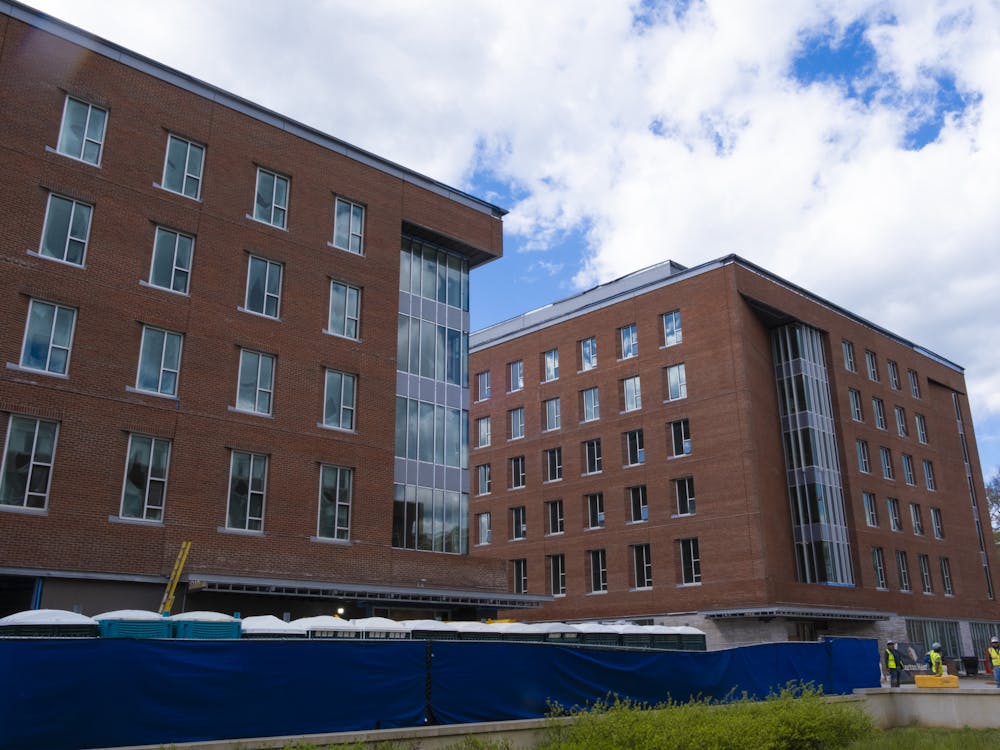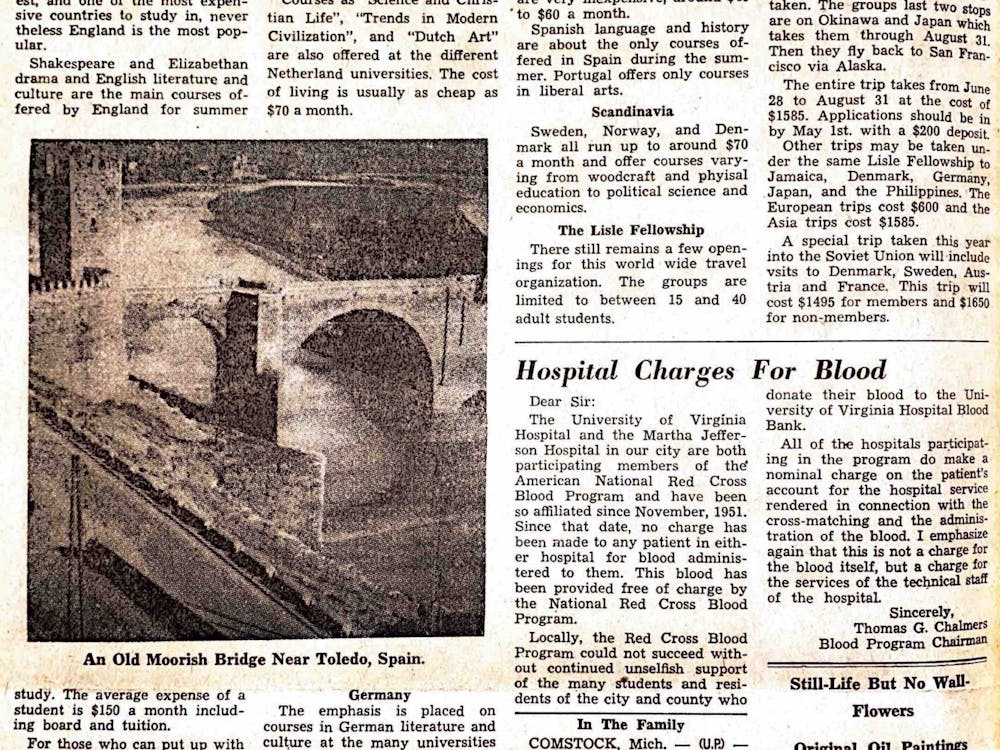The University Board of Visitors voted Wednesday to name Alderman Road Residence Hall Building 6 the Gibbons House in recognition of William Gibbons and his wife Isabella Gibbons, two slaves who worked in the Academical Village between 1840 and 1863.
University President Teresa Sullivan said the proposal to name the building after the Gibbons stemmed from a commission addressing the University’s involvement in slavery. She said it is a way to honor the work of slaves who helped the University grow in its early history.
“The recommendation came forward from the President’s Commission on Slavery and the University, that this would be an appropriate way to recognize the people who helped build the first buildings here,” Sullivan said. “This is part of a broad, ongoing effort to recognize the role of slavery in the University’s history and to educate the members of our community about the role of enslaved persons at U.Va. as we approach our bicentennial.”
The Board of Visitors Buildings and Grounds Committee took action on the proposal during their meeting Tuesday, establishing a tribute to the work and lives of the Gibbons family and the population they represent.
“Integral to the Commission’s purpose is the charge to explore and report on the University’s historical relationship with slavery, and to highlight opportunities for recognition and commemoration,” the Committee agenda stated.
Kevin J. Fay, co-chair of the Board of Visitors Buildings and Grounds Committee, said the decision was received with unanimous approval.
“There was consensus on this,” Fay said. “It’s consistent with what we’ve been doing for the last several years in terms of recent exhibits.”
The choice to recognize the Gibbons family comes amid increased attention to the role slavery played in the University’s history. The University recently published a pamphlet explaining the role slavery played here during the 19th century. In 2012 a slave burial site was examined, and 67 graves identified as belonging to enslaved workers were restored and memorialized by the University.
“We are trying to do more outreach about our history and [the Gibbons building] is consistent with those activities,” Fay said. “We felt that was important and a proper recognition.”
Fay said naming the Alderman residential building in honor of the Gibbons is part of this ongoing effort to recognize the University’s history with slavery and memorialize those forced to labor in its community.
“There is an effort to acknowledge it frankly and to recognize this is a part of the history we need to talk about,” Fay said. “A lot of this is helping us come to terms with the past history of the university community, but also to celebrate the tremendous contributions these people have made in our history.”
Mr. Gibbons was sold to Anatomy and Surgery Prof. Dr. Henry Howard in the 1840s, and subsequently served as the butler in Pavilion IX to Prof. William McGuffey. Mrs. Gibbons was the cook for the family of Physics Prof. Francis H. Smith, and worked in the kitchens of Pavilions V and VI.
After emancipation, Mr. Gibbons became the first African-American minister at the Charlottesville First Baptist Church and Mrs. Gibbons became a teacher at the Charlottesville Freedman’s primary school. Mr. Gibbons later became a minister at the Washington, D.C. Zion Baptist Church.
Fay said it was their dual involvement — first with the University and then as leaders in the surrounding community — which led the President’s commission, and later the Board, to choose the Gibbons family as honorees.
“Given the Gibbons’ role in not only the University community, but the Charlottesville community, I think they are very consistent with a lot of the ideals we try to reflect in terms of community as a part of our University experience,” Fay said.
Fay said he remained hopeful there will be additional future efforts by the University community to celebrate previously unrecognized contributions of slaves at the University.
“It’s an important part of our continuing effort to recognize slavery in our history,” Fay said.
“We are delighted to have the opportunity to do so in such a significant way, in naming this building.”
Marcus Martin, University vice president and chief officer for diversity and equity, said the naming of Gibbons House is representative of the progress the University continues to make in recognizing the role that forced laborers played in the institution’s history.
“We view the naming of the Gibbons House a major milestone in the work of the President’s Commission on Slavery and the University and monumental considering the history of slavery at U.Va,” Martin said.
Sullivan said the University will continue efforts to learn about and recognize its history.
“There’s more that we can learn,” Sullivan said. “The truth is we don't have a lot of names [of enslaved laborers]. We’re still uncovering this history.”





